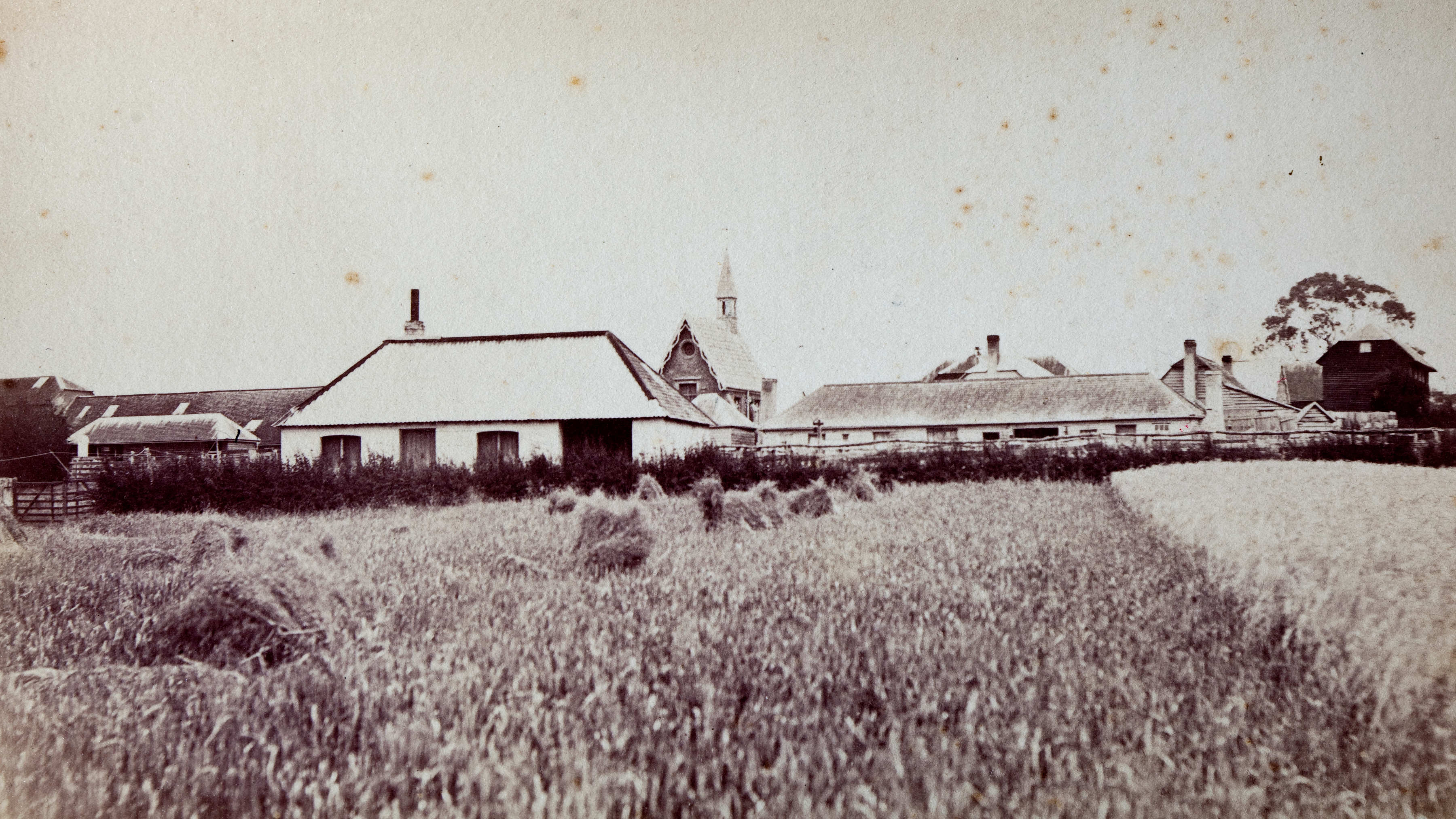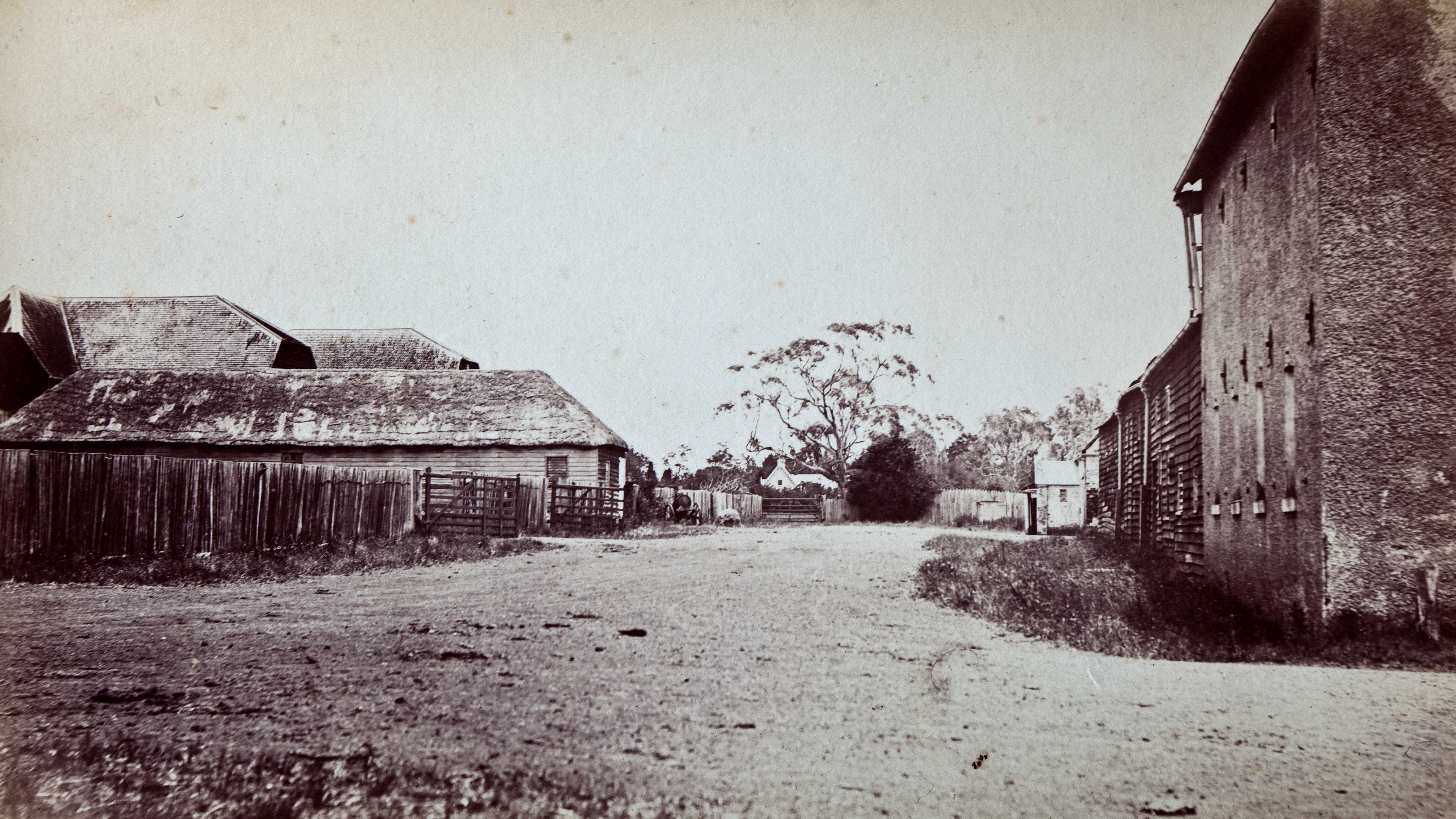The skills and labour of assigned convict men and women were the key to the prosperity of estates like Brickendon and Woolmers and indeed to the colony of Van Diemen’s Land. You may be amazed at the pettiness of crimes for which Brickendon’s men and women were transported. Unfortunately, almost all had a string of similar offences behind them, so when they came before the courts for yet another minor theft, the magistrate was sick of the sight of them.
After conviction, they often spent time in the hulks moored in the harbours and dockyards of England. Eventually, they were loaded onto ships bound for the new colonies of NSW and Van Diemen’s Land. On arrival, they were assigned to a master or mistress to serve out their sentence. William Archer often requested convicts who would be useful on the farm, i.e. farm labourers, blacksmiths, carpenters and the like. Women were also required for domestic service, where Caroline Archer would supervise their work and behaviour. The Archers were responsible for feeding, housing and clothing their servants. They were also responsible for the Christian morality that was considered a vital part of the convicts’ reformation.
Judging by the diary kept by William Archer Senior in 1829, the men were often admonished but not often flogged by the Constable in Longford. No one was punished for stealing food, and some offences were even overlooked if the men were needed in busy times of sowing or harvest. We do know, however, from the diary entries that there were the odd misdemeanours, including the catching of a female servant in bed with a male called Welsh. The poor female was sent to the Female Factory for further punishment, and Welsh was given 40 days in solitary confinement.
Your visit to Brickendon may find your convict connections — come and look at our list of convicts; your family name might just be there.

The assigned convicts of Brickendon
You may be amazed at the pettiness of crimes for which Brickendon’s men and women were transported. Unfortunately, almost all had a string of similar offences behind them, so when they came before the courts for yet another minor theft, the magistrate was sick of the sight of them. Below are the names of a few.
